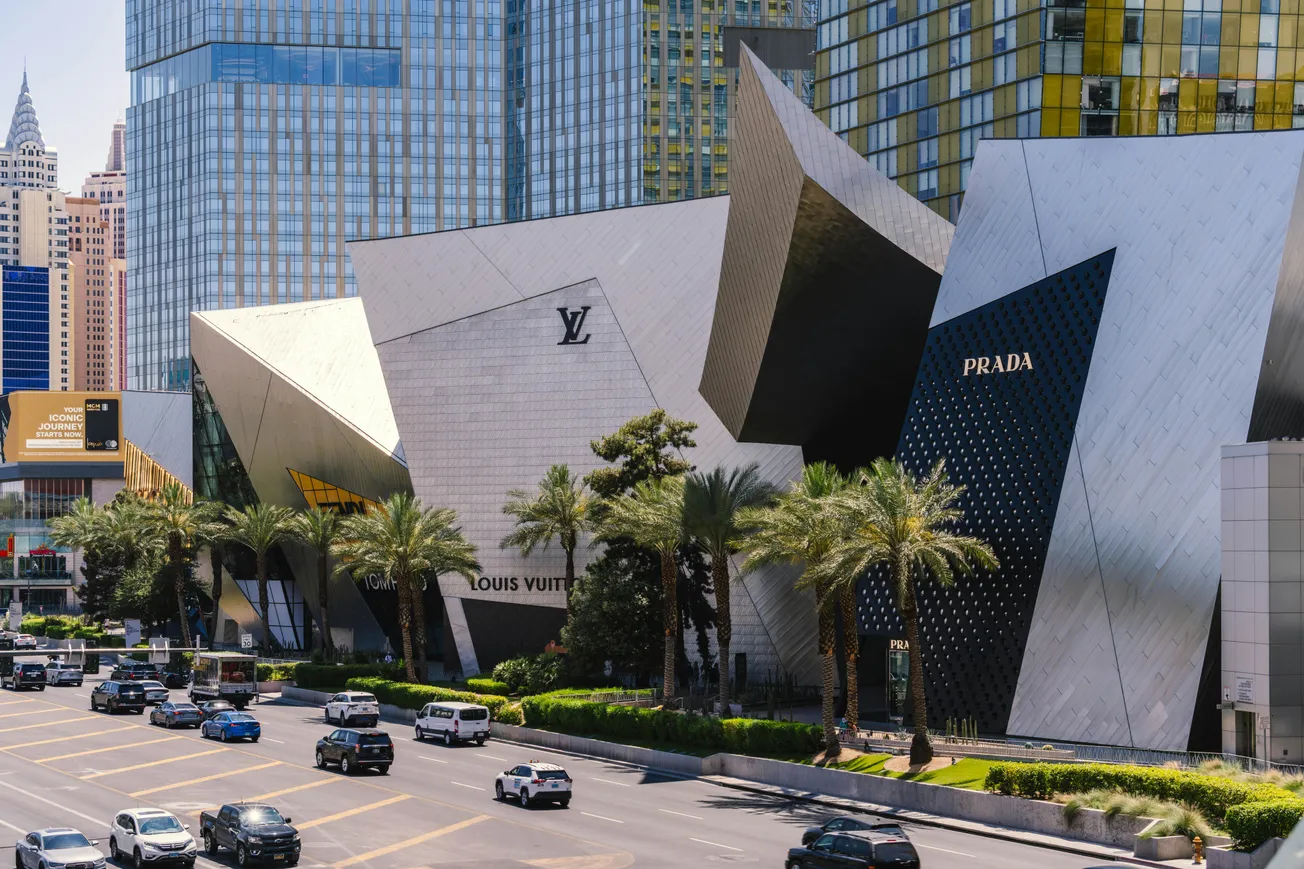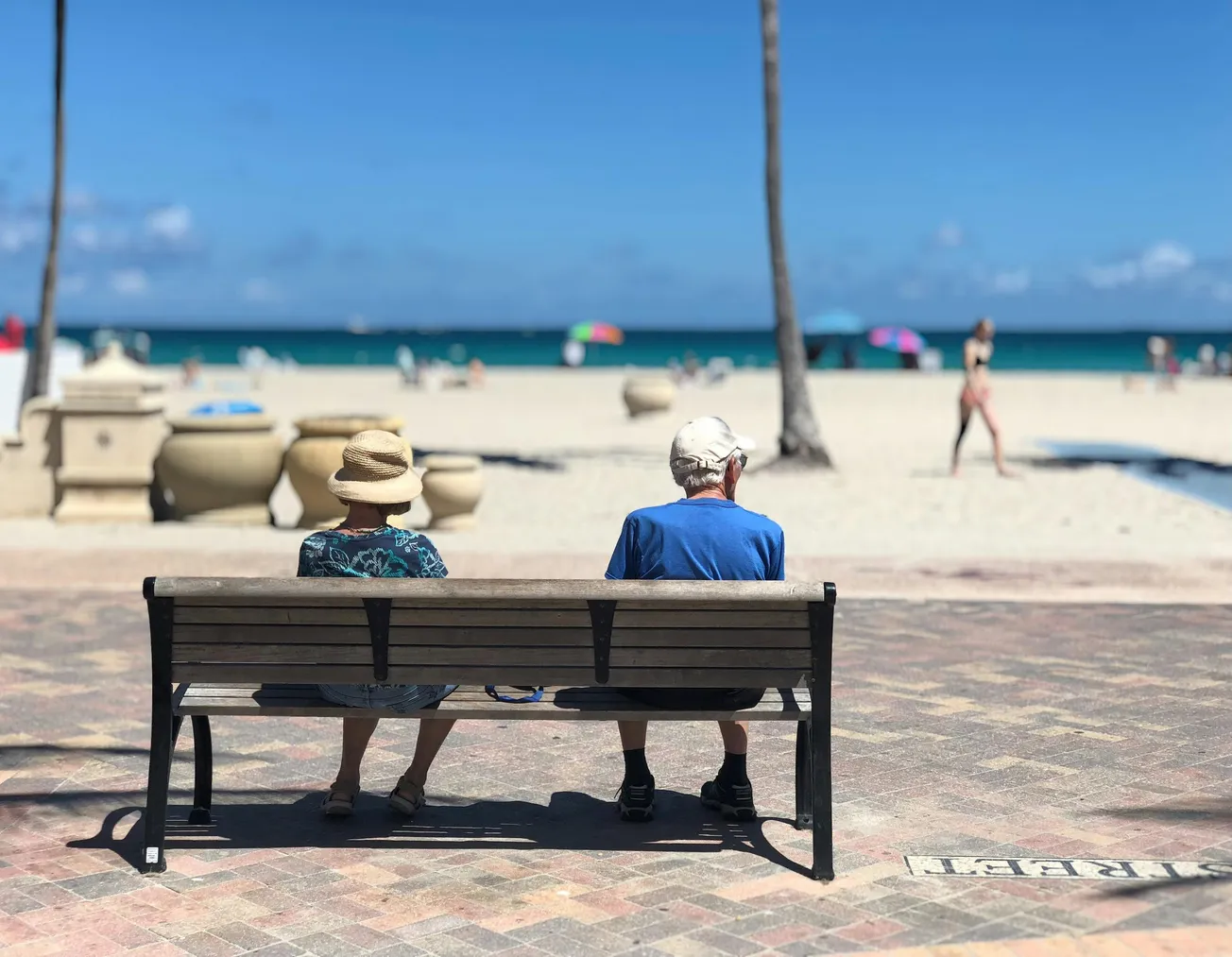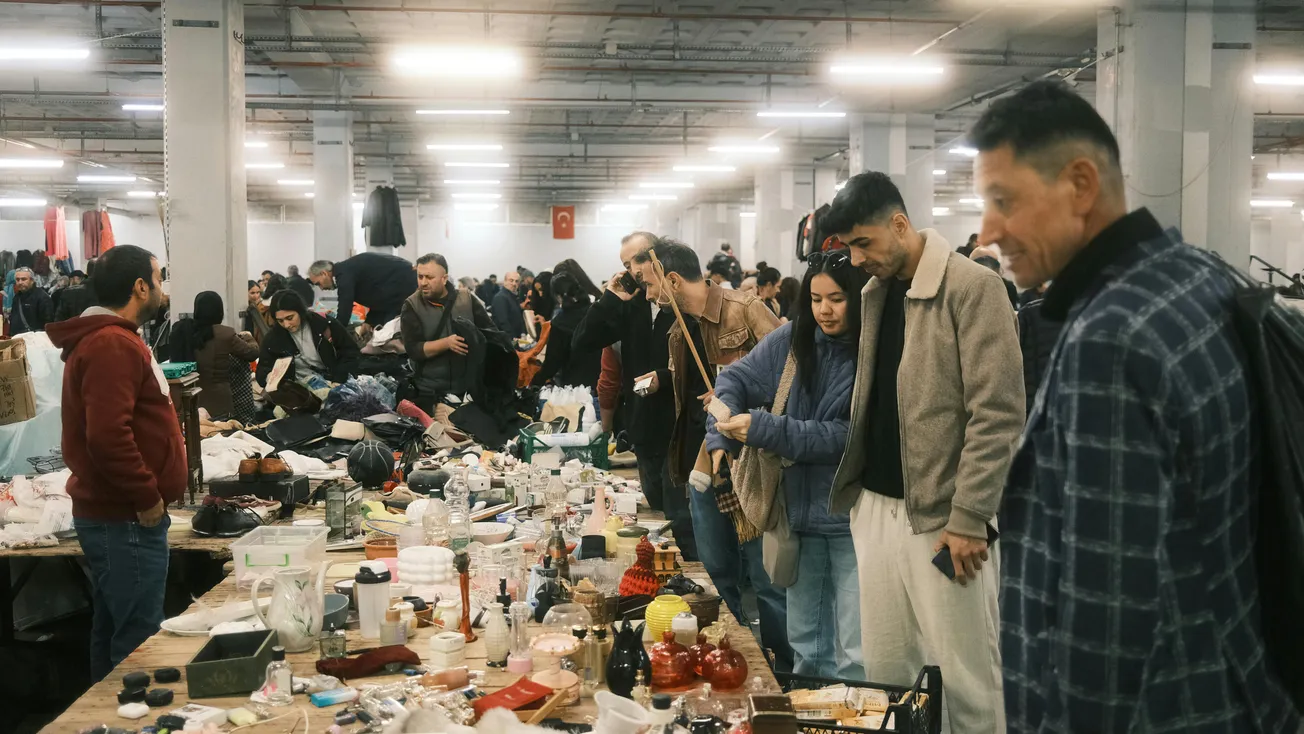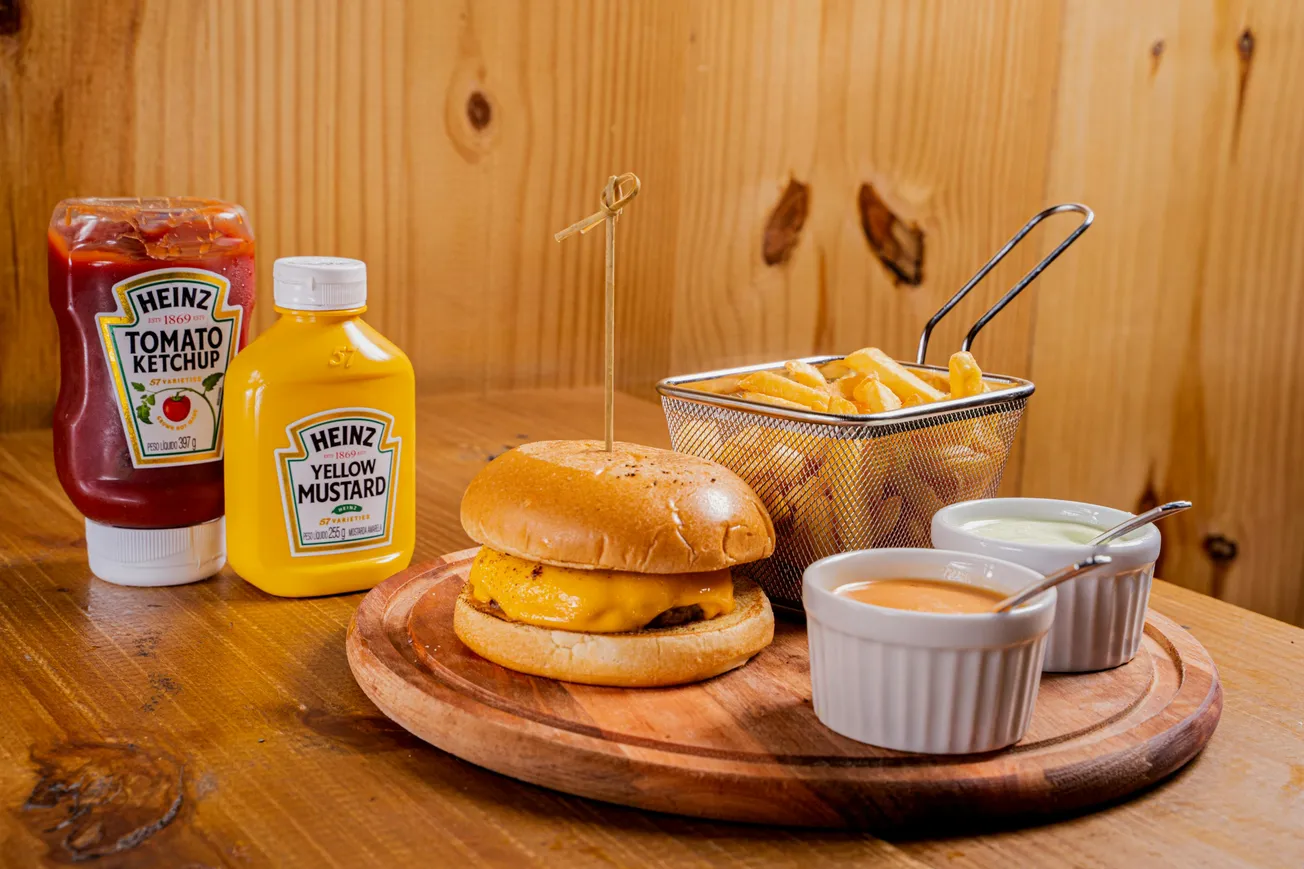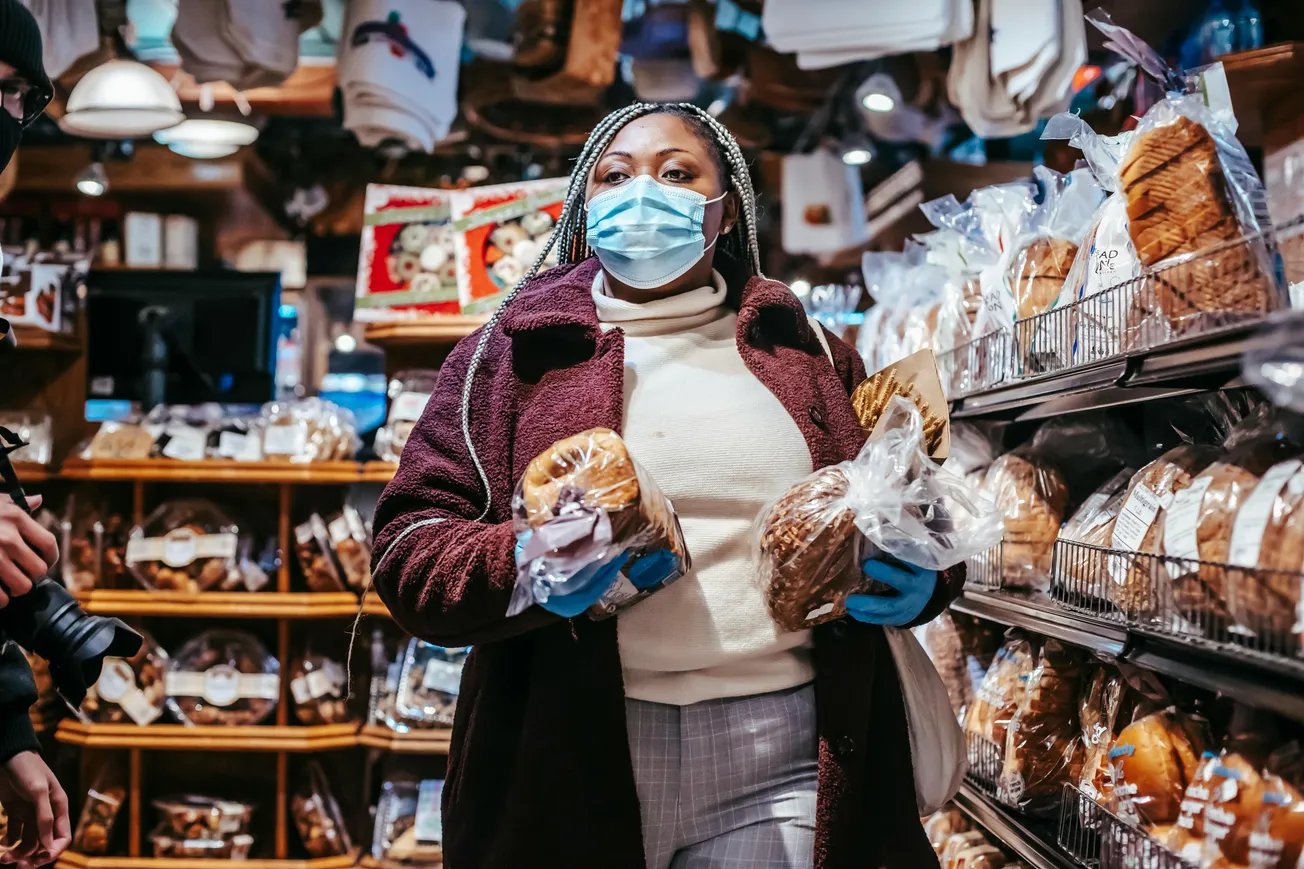From Transaction to Transformation: The New Role of Retail Space
Modern physical stores must offer what online shopping cannot – stories, sensory engagement and community. Nowhere is this strategy more vividly manifest than at the new Printemps flagship in Manhattan.
The two-floor, 55,000 ft² space inside One Wall Street departs from traditional retail with concierge services, champagne bars, spas, curated dining and couture exhibitions, creating a holistic, hospitality‑infused experience.
A Hospitality‑First Approach
Printemps' CEO Jean‑Marc Bellaiche said the U.S. location is “a hospitality project,” intentionally rejecting the department‑store mold in favor of a luxury‑hotel-like ambiance.
Elements of Experiential Retail at Play
- Hospitality amenities: Champagne bars, a full-day café, Maison Passerelle fine dining helmed by NYC-born chef Gregory Gourdet, a spa, fragrance profiling, makeup and wardrobe consultations, in-house alterations and a repairs atelier.
- Architectural statement pieces: The historic and visually stunning “Red Room” features over 3 million hand-set glass mosaic tiles.
- A brick‑and‑mortar experience devoid of overwhelming tech: Rather than interactive mirrors and app-based browsing, the focus here is on human encounters and ambiance, and digital elements remain discrete, with e-commerce and apps planned for later.
Why Printemps Reflects Broader Industry Shifts
1. The Rise of “Phygital” and Hospitality‑Inspired Spaces
Retailers are increasingly merging physical and digital – known as phygital retail –to elevate engagement. According to TCS, immersive, hyper‑personalized in-store experiences that can’t be replicated online are becoming vital for driving loyalty and behaviors. The hospitality industry is moving similarly, blending wellness and retail through hotel‑retail hybrids and branded luxury experiences.
2. Experiential Retail as a Competitive Advantage
Analysts define experiential retail as going beyond transactions and delivering emotional connections, memory-making environments and interactive storytelling. From Marvel’s immersive exhibits to Farfetch’s tech‑integrated stores (complete with smart mirrors, sign‑in stations and digital racks), the trend reflects a shift from products to experiences.
3. Strategic Investment in Immersive Flagships
Luxury house Prada is budgeting billions of dollars for retail investments to create immersive brand environments combining fashion, food, art and cultural programming. In response to consumers’ deeper desire for experiential retail, Prada’s “Epicenters” serve as cultural destinations.
Meanwhile, in China, brands like Louis Vuitton are launching ship‑shaped flagship stores with exhibition spaces and cafés to counteract luxury sales softness, investing in experiential lock-ins over traditional products.
4. Tech vs. Human-Centric Design
Interestingly, Printemps deliberately eschews overwhelming technology and instead prioritizes face‑to‑face experiences and atmospherics, even while supporting backend systems and future digital expansions. This approach shows that experiential retail is not always about gadgets, but it is about crafting environments that digital can’t replicate.
Strategic Implications for Retailers
Environments That Anchor the Brand
If your in‑store strategy does not entice consumers to visit, linger and return, it may be time to pivot. As your summary notes, shifting to transformation-centered spaces is essential.
Printemps shows that several experiential components can coexist – culinary venues, wellness, personalization, curated aesthetics – to elevate retail into cultural and emotional territory.
Designing for Emotion, Not Just Instagram
Flashy “Instagrammable” moments alone are not sufficient. The best retail experiences are purposeful and built on hospitality, curiosity, comfort and memory formation.
Sustaining Relevance Through Community and Culture
Printemps leverages curation (couture exhibitions and luxury dining), emotional space (Red Room) and elevated service (spa and consultations) to engage customers beyond a transaction.
Similarly, retailers like Liberty London have turned immersive fragrance lounges and exclusive collaborations into growth engines, strengthening local and community bonds in the face of retail slowdown.


